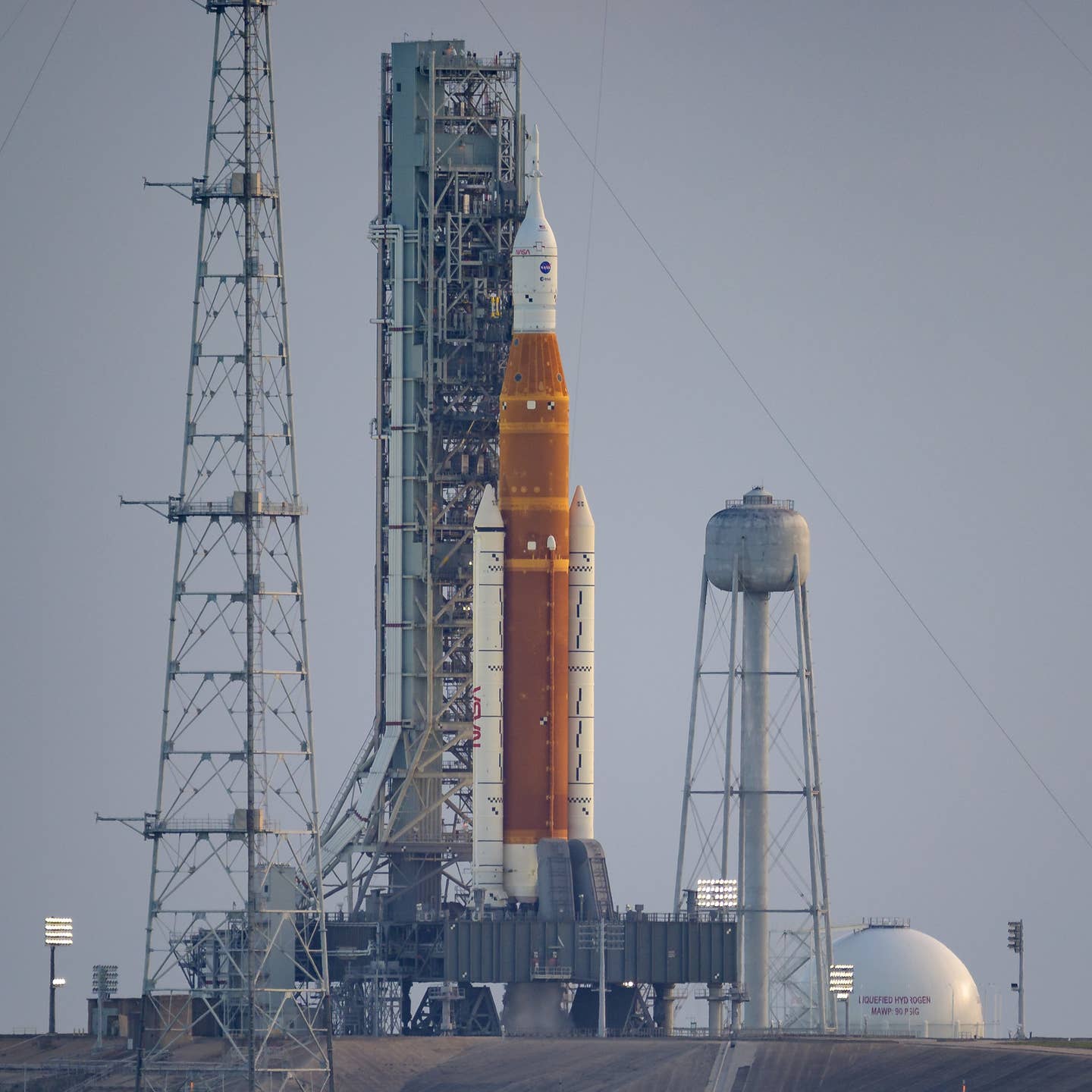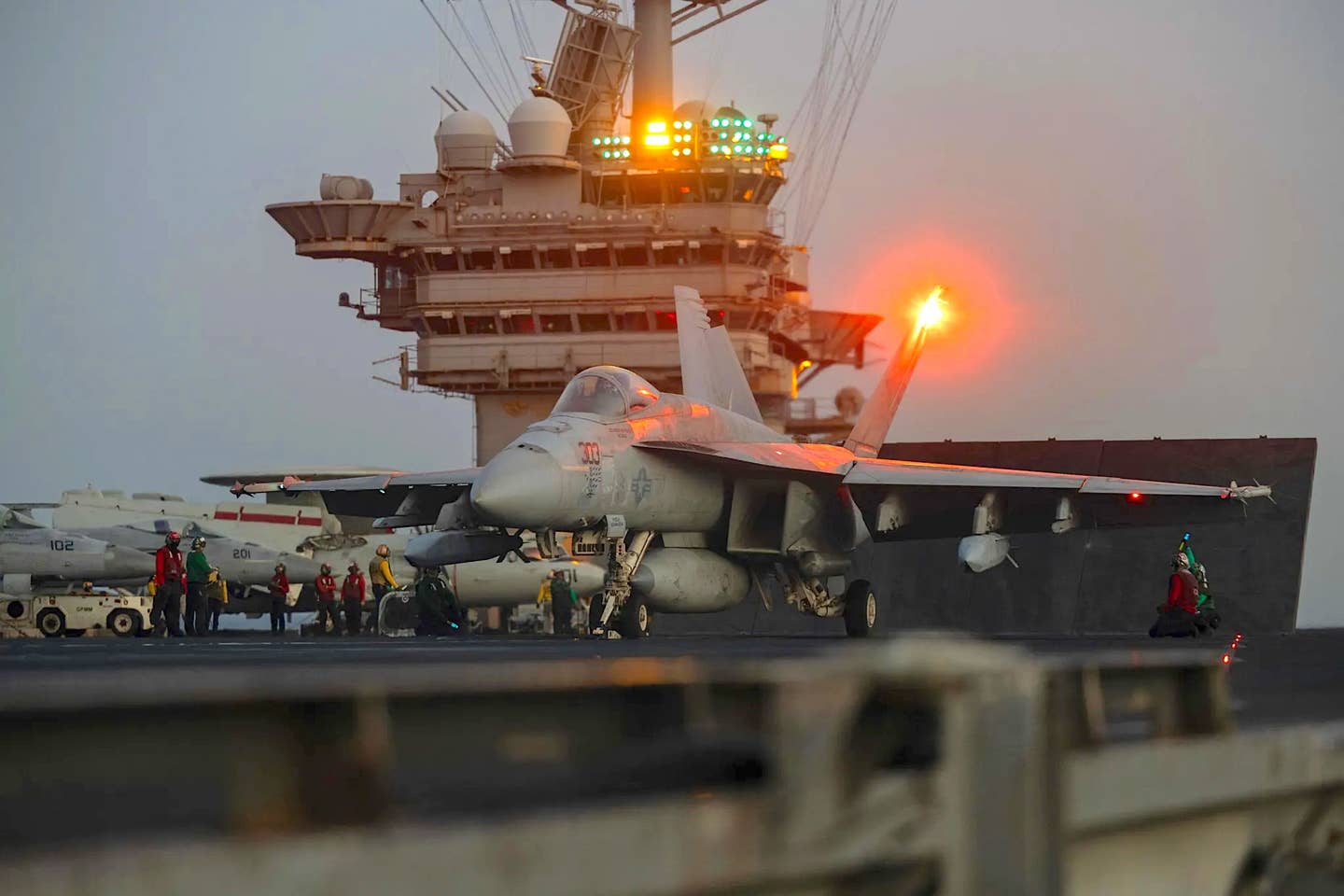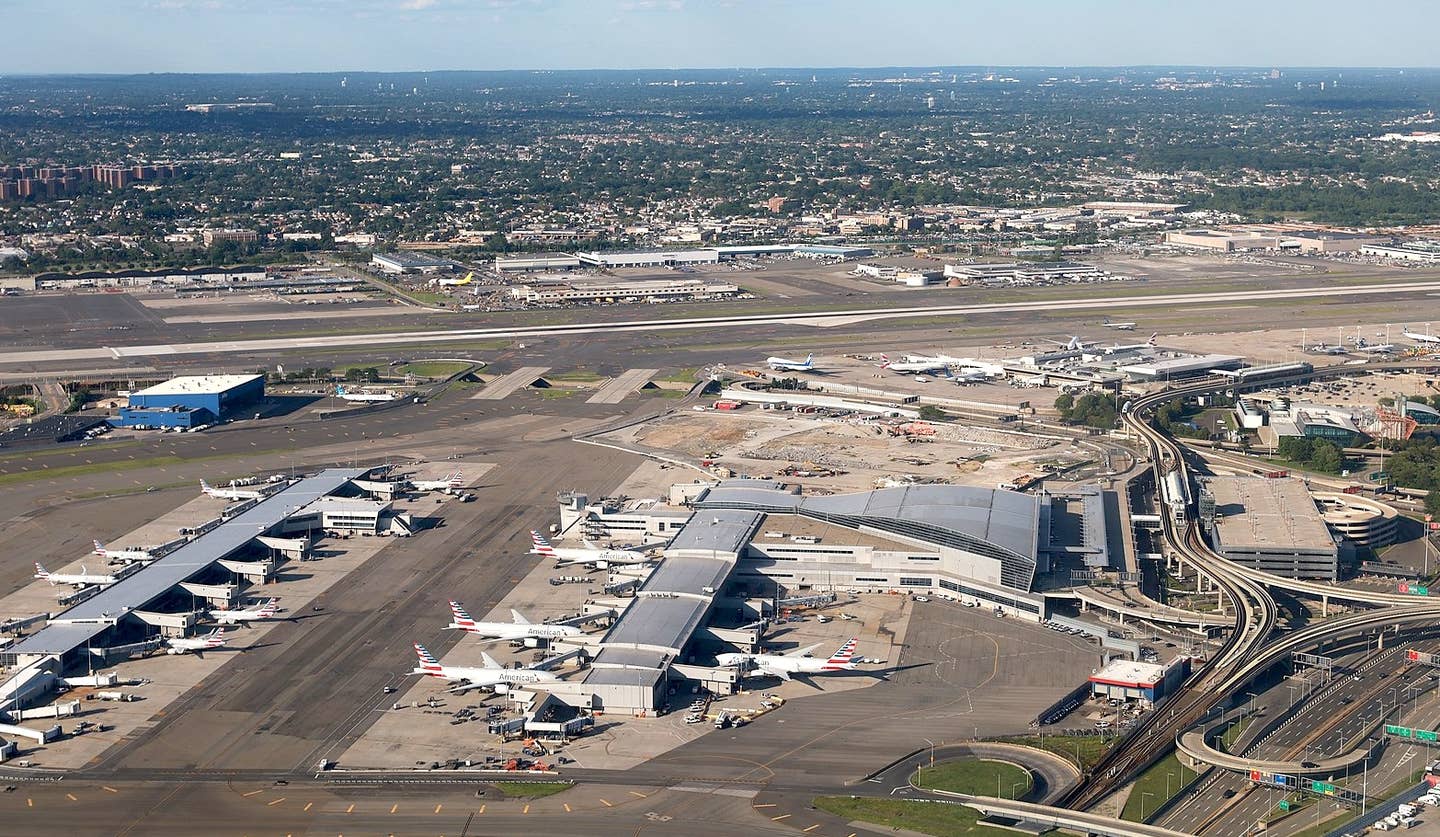NASA Calls Off Additional Artemis I Launch Attempts In Early September
Following two scrubbed tries, NASA says it is standing down from further Artemis I launch attempts in early September. The first launch attempt, which took place on Aug. 29, was…

Image: NASA
Following two scrubbed tries, NASA says it is standing down from further Artemis I launch attempts in early September. The first launch attempt, which took place on Aug. 29, was called off after one of the Space Launch System (SLS) rocket’s four RS-25 engines failed to reach the proper temperature range for liftoff. On Sept. 3, the second attempt was scrubbed due to a hydrogen leak in a quick disconnect on the line used to fill and drain liquid hydrogen from the SLS, an issue also encountered but successfully dealt with during the first attempt.
According to NASA, three unsuccessful attempts were made to reseat the quick disconnect seal during the second launch attempt. The agency also reported that “an inadvertent command was sent that temporarily raised the pressure in the system” during an early phase of hydrogen loading operations. NASA emphasized that it is not yet known if the accidental pressure increase contributed to the leak.
“Over the next several days, teams will establish access to the area of the leak at Launch Pad 39B, and in parallel conduct a scheduled assessment to provide additional data that will inform a decision on whether to perform work to replace a seal either at the pad, where it can be tested under cryogenic conditions, or inside the Vehicle Assembly Building [VAB],” NASA said on Saturday. “To meet the requirement by the Eastern Range for the certification on the flight termination system, currently set at 25 days, NASA will need to roll the rocket and spacecraft back to the VAB before the next launch attempt to reset the system’s batteries.”
The current launch window for Artemis I closes Sept. 6. The next window runs Sept. 19 through Oct. 4 and includes 14 launch opportunities. Artemis I, an uncrewed flight test of the SLS and the Orion spacecraft, is intended to be the first of a series of missions aimed at landing people on the Moon for the first time since 1972.






